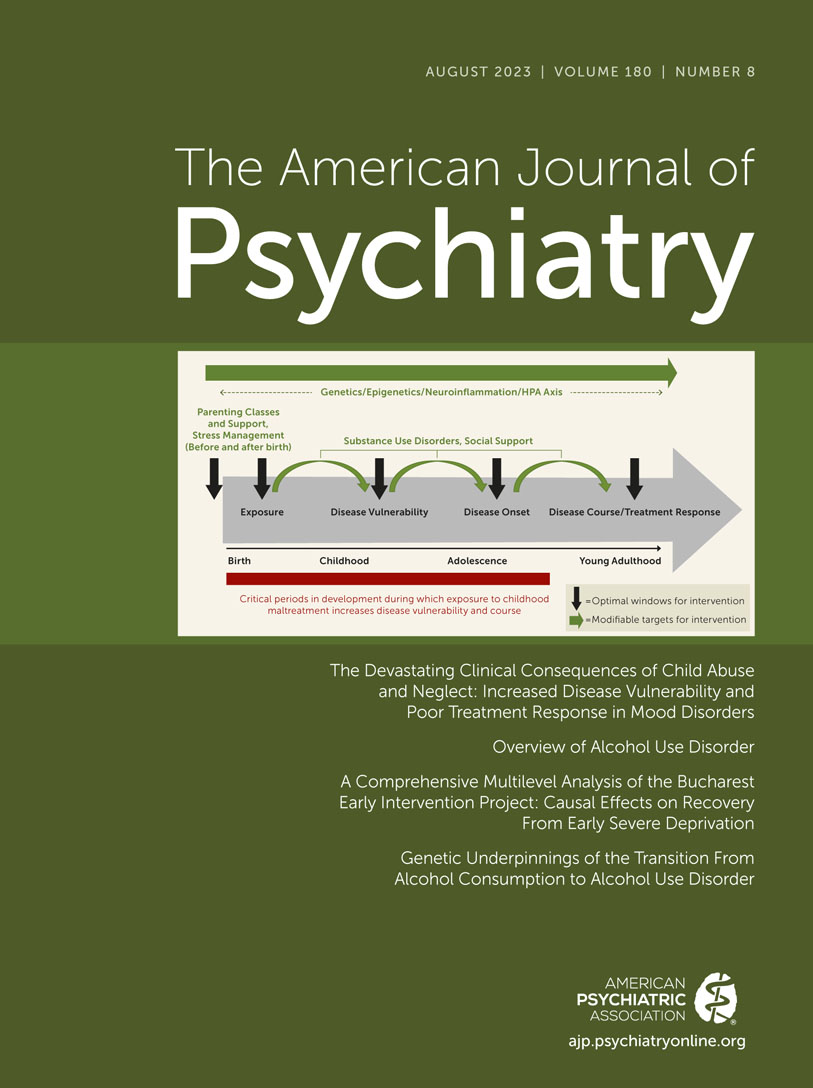Overview of Alcohol Use Disorder
Abstract
Alcohol is regularly consumed throughout most of the world, including by nearly half the U.S. population age 12 or older. Heavy drinking, which is also common, contributes to multiple adverse medical, psychiatric, and social outcomes and more than 140,000 deaths annually in the United States. It is the major risk factor for alcohol use disorder (AUD), whose current U.S. prevalence is 11%. However, AUD is undertreated, with less than 15% of individuals with a lifetime diagnosis receiving any treatment. Risk of AUD is nearly equally genetic and environmental. AUD is responsive to psychosocial treatments, including cognitive-behavioral therapy and motivational enhancement therapy. Alcohol affects multiple neurotransmitter systems, and thus pharmacotherapy for AUD is also effective. The three medications approved in the United States to treat AUD—disulfiram, naltrexone (oral and long-acting injectable formulations), and acamprosate—are underprescribed, despite being considered first-line treatments in clinical practice guidelines. Two medications not approved for treating AUD, topiramate and gabapentin, have shown efficacy in treating the disorder and are used off-label. Recent studies of novel drug candidates, including psychedelics and phosphodiesterase-4 inhibitors, are promising additions for the treatment of AUD, although they require further evaluation before being used clinically. Despite the growing availability of efficacious psychosocial and pharmacological treatments for AUD, it remains a highly stigmatized condition. Research aimed at enhancing the identification and treatment of AUD, including precision therapeutics, could broaden the acceptability of AUD treatment, benefiting affected individuals and their families and reducing the stigma associated with the disorder.
Access content
To read the fulltext, please use one of the options below to sign in or purchase access.- Personal login
- Institutional Login
- Sign in via OpenAthens
- Register for access
-
Please login/register if you wish to pair your device and check access availability.
Not a subscriber?
PsychiatryOnline subscription options offer access to the DSM-5 library, books, journals, CME, and patient resources. This all-in-one virtual library provides psychiatrists and mental health professionals with key resources for diagnosis, treatment, research, and professional development.
Need more help? PsychiatryOnline Customer Service may be reached by emailing [email protected] or by calling 800-368-5777 (in the U.S.) or 703-907-7322 (outside the U.S.).



